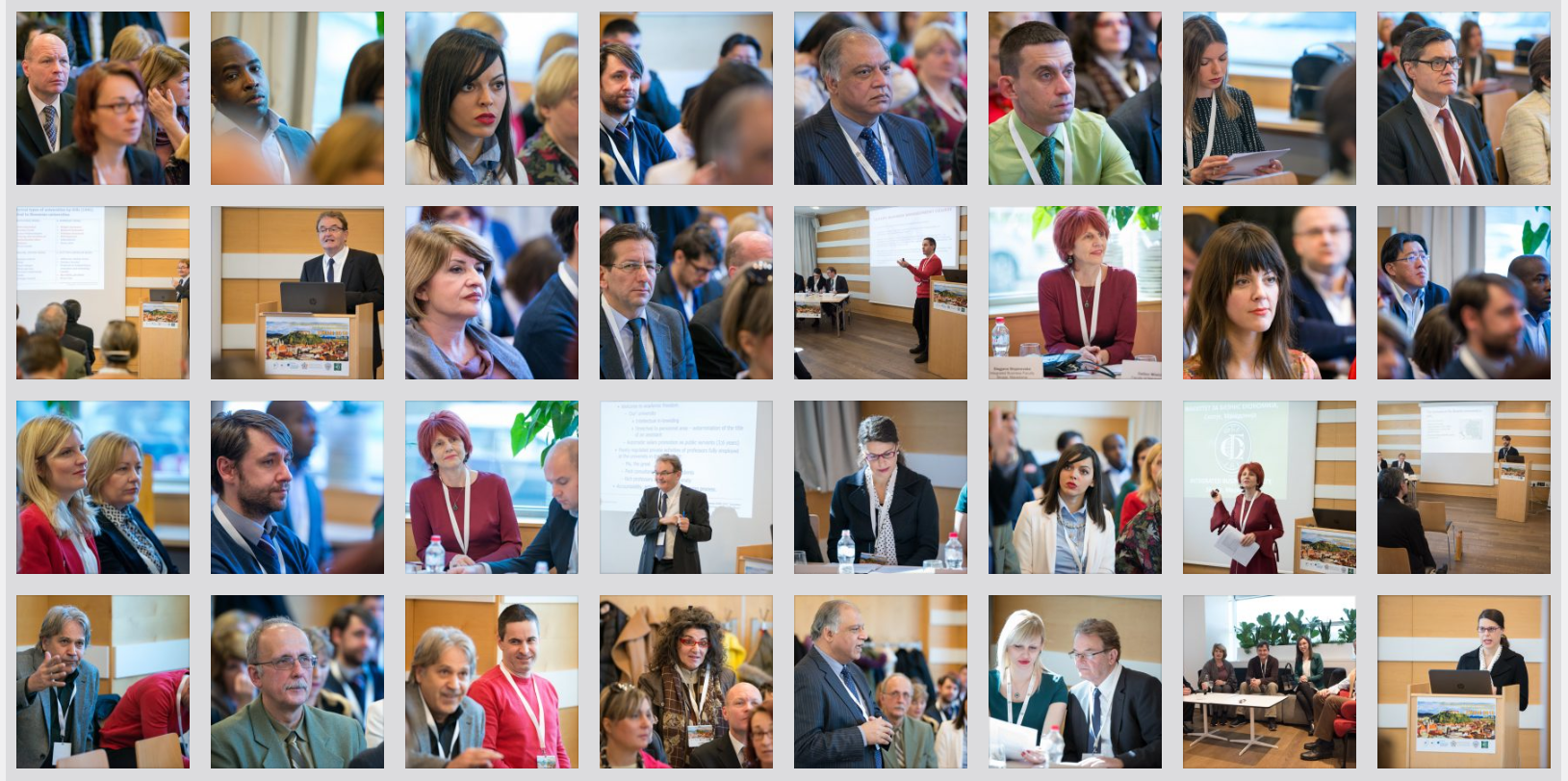Christian-Gabriel Strempel – Transilvania University of Brasov, Faculty of Economic Science and Business Administration, Department of Finance, Accounting and Economic Theory, Colina Universității Street, no. 1, Building A, 3rd floor, 500068, Brasov, Romania
Victor-Alexandru Briciu – Transilvania University of Brasov, Faculty of Sociology and Communication, Department of Social Sciences and Communication, Eroilor Blvd., no. 25, 500030, Brasov, Romania
Keywords:
Social media;
Online communication;
Facebook;
Public sector communication
Abstract: This paper examines how central public institutions in Romania use social media to communicate with citizens. The study investigates how these institutions use Facebook to engage with their target audiences and what factors influence the number of followers they have. The research methodology involves examining the activity of the Facebook pages of these institutions. The findings reveal significant differences in fan engagement across different pages. Moreover, post types and frequency do not have a high impact on page growth compared to the number of shares. The results highlight that although there is a communication plan in place by the central public administration in Romania, there is no uniform communication across the ministries.

Download full paper

8th International Scientific Conference – EMAN 2024 – Economics and Management: How to Cope With Disrupted Times, Rome, Italy, March 21, 2024, CONFERENCE PROCEEDINGS, published by: Association of Economists and Managers of the Balkans, Belgrade, Serbia; ISBN 978-86-80194-83-7, ISSN 2683-4510, DOI: https://doi.org/10.31410/EMAN.2024
Creative Commons Non Commercial CC BY-NC: This article is distributed under the terms of the Creative Commons Attribution-Non-Commercial 4.0 License (https://creativecommons.org/licenses/by-nc/4.0/) which permits non-commercial use, reproduction and distribution of the work without further permission.
REFERENCES
Badea, M. (2014). Social Media and Organizational Communication. Procedia – Social and Behavioral Sciences, 149, 70-75. https://doi.org/10.1016/j.sbspro.2014.08.192
Bertot, J. C., Jaeger, P. T., & Grimes, J. M. (2010). Using ICTs to create a culture of transparency: E-government and social media as openness and anti-corruption tools for societies. Government Information Quarterly, 27(3), 264-271. https://doi.org/10.1016/j.giq.2010.03.001
Bjornholt, B., & Houlberg Salomonsen, H. (2015). Contracting and performance in agencies: A question of control, dialogue or autonomy? Public Organization Review, 15(4), 509-530. https://doi.org/10.1007/s11115-014-0286-7
Bonsón, E., & Ratkai, M. (2013). A set of metrics to assess stakeholder engagement and social legitimacy on a corporate Facebook page. Online Information Review, 37(5), 787-803. https://doi.org/10.1108/oir-03-2012-0054
Briciu, V.-A., & Briciu, A. (2021). Social Media and Organizational Communication. Advances in Logistics, Operations, and Management Science, 2609-2624. https://doi.org/10.4018/978-1-7998-3473-1.ch180
Briciu, V.-A., Mircea, I.-A., & Briciu, A. (2020). Communication and Entrepreneurship in Romania: Dissimulation of First Impression in 30 Seconds. Advances in Business Strategy and Competitive Advantage, 22-38. https://doi.org/10.4018/978-1-7998-3648-3.ch002
Briciu, V.-A., & Văcaru, A.-I. (2021). Social media și comunicarea organizațională [Social Media and Organizational Communication]. In C. Buzea & H. Moașa (Eds.), Managementul resursei umane. Teorii în practica profesională [Human resource management. Theories in professional practice] (pp. 301-328). Bucharest: European Institute Publishing House.
Criado, J. I., & Villodre, J. (2020). Delivering public services through social media in European local governments. An interpretative framework using semantic algorithms. Local Government Studies, 47(2), 253-275. https://doi.org/10.1080/03003930.2020.1729750
Falco, E., & Kleihans, R. (2018). Policy recommendations for government use of social media for collaboration with citizens. Urban Europe Policy Brief. https://jpi-urbaneurope.eu/wp-content/uploads/2018/11/Policy-Brief-SmartGov-171215-1.pdf
Ihlen, Ø., & Heath, R. L. (2018). The Handbook of Organizational Rhetoric and Communication. Hoboken, NJ: John Wiley & Sons. https://doi.org/10.1002/9781119265771
Karakiza, M. (2015). The Impact of Social Media in the Public Sector. Procedia – Social and Behavioral Sciences, 175, 384-392. https://doi.org/10.1016/j.sbspro.2015.01.1214
Kleinhans, R., Van Ham, M., & Evens-Cowley, J. (2015). Using social media and mobile technologies to foster engagement and self-organization in participatory urban planning and neighbourhood governance. Planning Practice and Research, 30(3), 237-247. https://doi.org/10.10 80/02697459.2015.1051320
Mergel, I., & Bretschneider, S. I. (2013). A Three-Stage Adoption Process for Social Media Use in Government. Public Administration Review, 73(3), 390-400. http://www.jstor.org/stable/42002941
Oviedo-García, A., Muñoz-Expósito, M., Castellanos-Verdugo, M., & Sancho-Mejías, M. (2014). Metric proposal for customer engagement in Facebook. Journal of Research in Interactive Marketing, 8(4), 327–344. https://doi.org/10.1108/JRIM-05-2014-0028
Schnell, S. (2020). Vision, Voice, and Technology: Is There a Global “Open Government” Trend? Administration & Society, 52(10), 1593-1620. https://doi.org/10.1177/0095399720918316
Urs, N. (2015). Folosirea social media în administrația publică din România. Studiu pilot [The use of social media in public administration in Romania. Pilot study]. Revista Transilvanăde Ştiinţe Administrative [Transylvanian Journal of Administrative Sciences], 1(36), 124-132.
Urs, N. (2022). Public Institutions in the Social Media Arena: Searching for Citizens’ Attention. Zoom on Romania’s particularities. Central and Eastern European EDem and EGov Days 335, 357-367. https://doi.org/10.24989/ocg.v335.29
Zeru, F. (2021). The use of Facebook in Romanian Public Administration, Factors that influence engagement. Revista Română de Studii Eurasiatice, 17(1/2), 213-238.
Zeru, F., Balaban, D. C., & Bârgăoanu, A. (2023). Beyond Self-Presentation. An Analysis of the Romanian Governmental Communications on Facebook. Transylvanian Review of Administrative Sciences, 19(70), 156-172. http://dx.doi.org/10.24193/tras.70E.8

